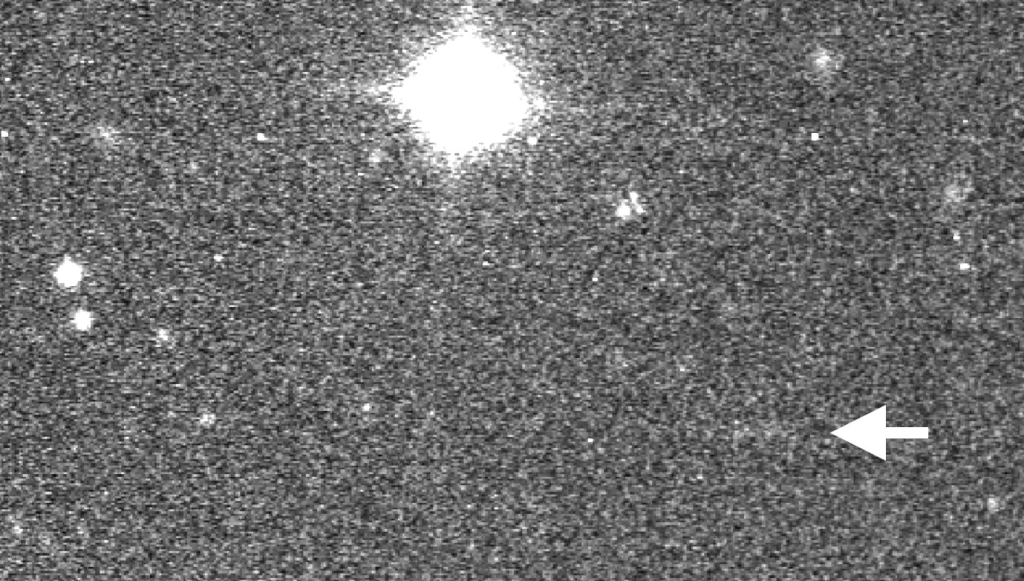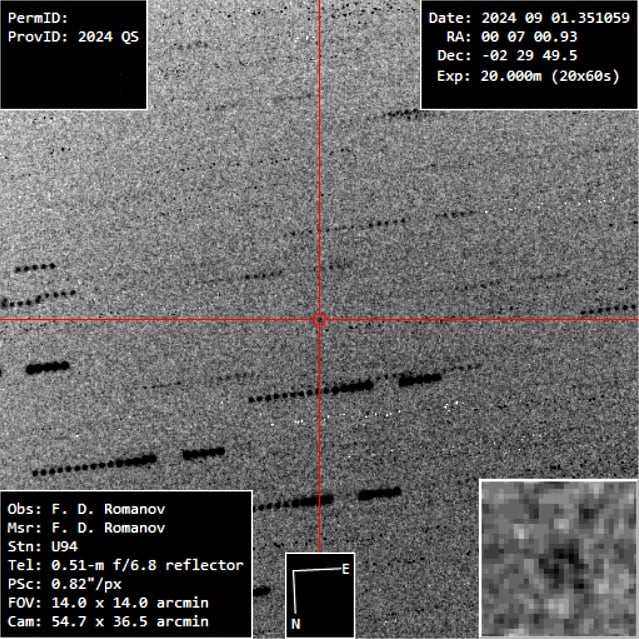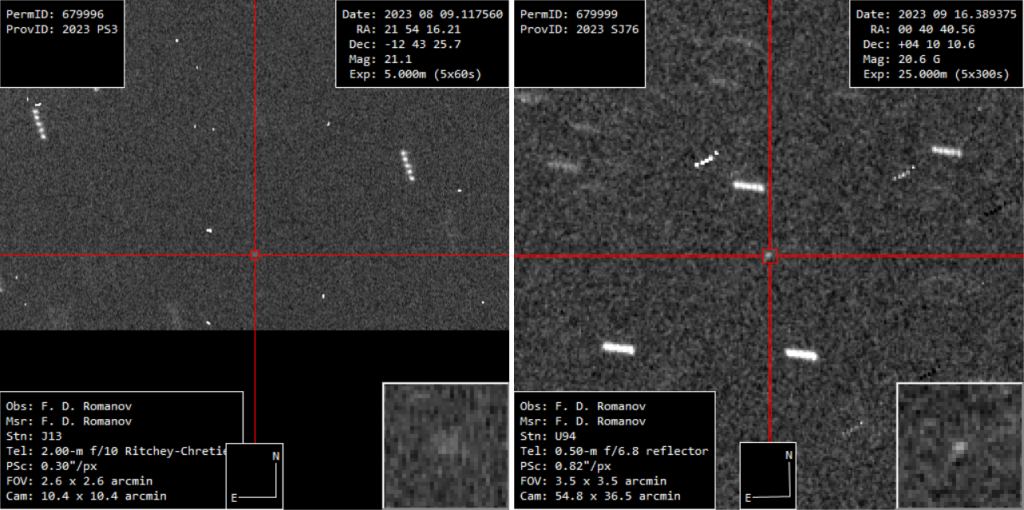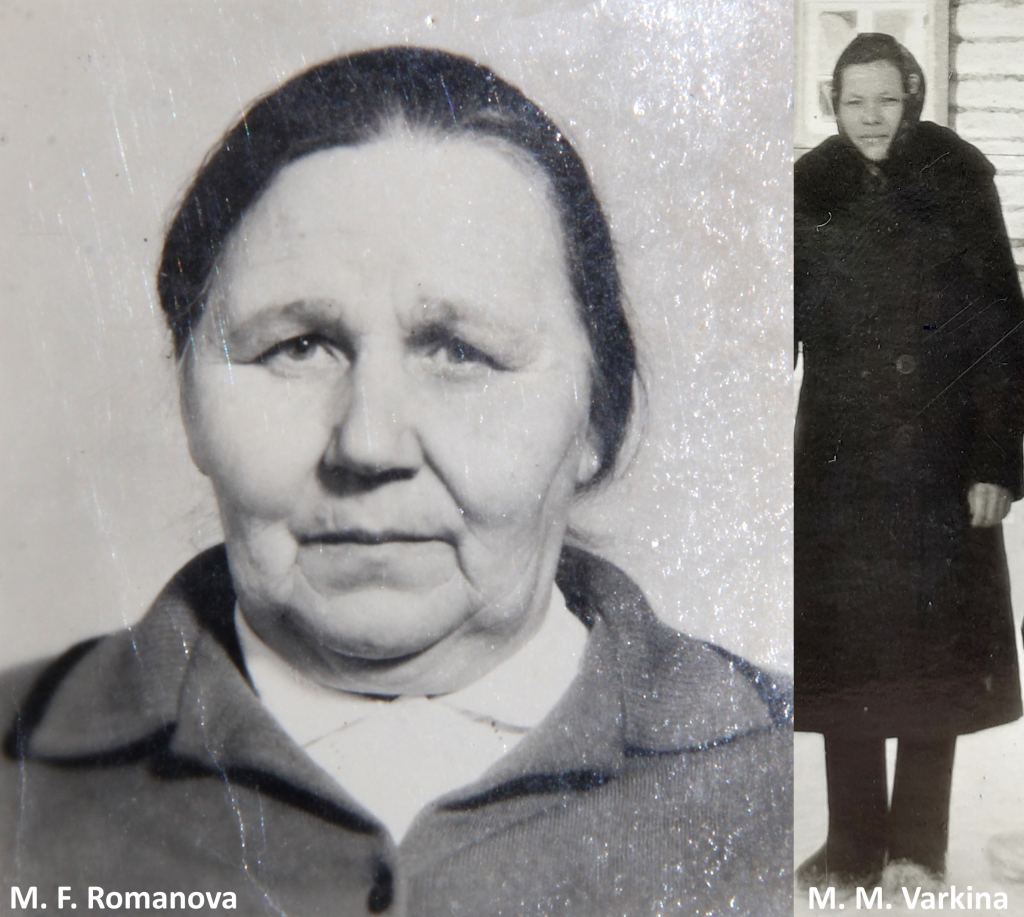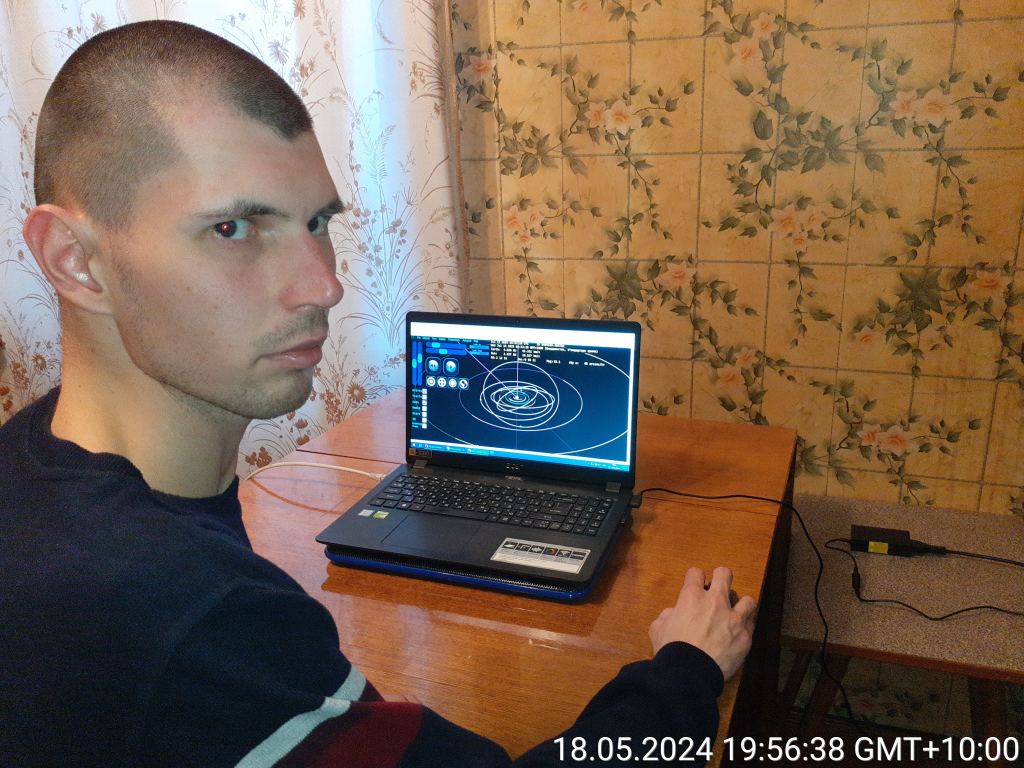Three amazing recent asteroid finds show what’s possible in terms of astronomy online.
Practical astronomy is increasingly becoming an online affair. In 2023 we wrote about this trend, and highlighted how Russian observer and amateur astronomer Filipp Romanov used time on remote observatory networks to successfully discover two asteroids, which he named 623826 Alekseyvarkin and 623827 Nikandrilyich after his great-grandfathers. Now, Filipp has repeated this feat and pushed the limit of what's possible online with the discovery of a trio of asteroids, including a rare near-Earth asteroid discovery found using a remote system.
*Universe Today* caught up with Filipp to explain how he did it:
"I have been searching for asteroids in images from remote telescopes from time to time for almost two years, and I have discovered four asteroids that have received their names, but on August 26th, 2024, I made a great find—I found a near-Earth asteroid in the images obtained using the 0.51-meter f/6.8 remote telescope T59 located at the Siding Spring Observatory of the iTelescope network, which is visible in all eight (300 second exposure) photos of one of the fields of the sky."
A Surreptitious Find
Timing and planning is crucial in the hunt for asteroids, as Filipp elaborates: "I reserved in advance the necessary time on this telescope (when the waning gibbous Moon did not illuminate the sky above this observatory) for imaging, calculated the celestial coordinates, and requested (specifically for the searching of main-belt asteroids) the photography of two areas of the sky near the ecliptic and in the opposition region."
The region is crucial, as asteroids coming into opposition 'opposite' to the Sun as seen from Earth are also at their brightest. Also, the area in the constellation Pisces where asteroids are reaching this point in late August into September is also relatively vacant, and far from the densely packed plane of the Milky Way Galaxy. In the era of visual astronomy in the mid-19th century, more asteroids were discovered in September than any other month.
It was in the same constellation than Filipp made the surprise discovery.
"I found an asteroid with a fast movement. In the images, this astronomical object looked like lines, unlike star-shaped (point source) main-belt asteroids, and I thought that it might be a near-Earth asteroid." This fast motion leaving trails in the images is a clue that the object is also closer to the Earth.
Still, Filipp had to be sure that the asteroid wasn't a known space rock. "I checked that there were no matches with known astronomical objects from the Minor Planet Center (MPC) database and sent the data of my astronomic measurements to the NEO Confirmation Page (NEOCP) so that they appear there for the attention of astronomers around the world."
Pinning Down an Asteroid Find
This stage is crucial, in order to confirm the discovery and refine the position and orbit of the asteroid… and the more observations the better. Bad weather over key sites or losing the asteroid in the Sun's glare can mean a discovery can go missing for months, or even years. "I immediately wrote to a number of astronomers with a request to confirm this astronomical object, but some of the astronomers did not have clear weather for observations, or they were not online at the time. Only one amateur astronomer immediately responded." Filipp then made a quick decision to use precious observing time to make a follow up observation, using an iTelescope in Chile. "As a result, we both managed to confirm this asteroid and each of us sent results of our astrometric measurements to the MPC."
Automatic sky surveys have since picked up asteroid 2024 QS, including the Mount Lemmon and the ATLAS-HKO surveys on September 3rd, and the ATLAS-MLO survey in Hawaii on September 5th.
The discovery became known as 2024 QS. This 43-meter asteroid is on a 1.8 year orbit around the Sun, passing 12.1 LD (lunar distances, or slightly less than 4.7 million kilometers) from the Earth yesterday on September 9that 00:39 Universal Time (UT). There are no close passes of this asteroid near the Earth for the remainder of the 21st century. About 35,000 Near-Earth Objects (NEOs) are known of though certainly, an amateur astronomer finding one is rare.
...And Something More
Two more recent discoveries were also made by Filipp:
The first was asteroid 2023 PS3, found on August 9th, 2023 using the the 2-meter Liverpool Telescope. This small (150-170 meter in diameter) asteroid is on a 2.56 year orbit. 2023 PS3 is a member of the Hungaria Group. Astronomers only know of about 30,000 Hungaria Group asteroids. This asteroid was later named 679996 Mariyafilippovna, after Filipp's great-grandmother.
Mariya Filippovna Romanova (1919-1979) lived in Chugueka and worked as a secretary-typist and as a clerk. She was awarded the Veteran of Labour medal.
Next was asteroid 2023 SJ76, found on September 16th, 2023 using the T11 iTelescope located at the Utah Desert Remote Observatory located at Great Basin desert in Beryl Junction, Utah.
This main-belt asteroid is several hundred meters across, and has an orbital period of 3.57 years. It later received the name of 679999 Mariyavarkina after Filipp's great-grandmother Mariya Maksimovna Varkina, who tragically died while pregnant in a bus accident in Primorsky Krai, Russia in 1962. She was Mordvin (by nationality), and from Sabanovo (near Penza, Russia).
Congrats to Filipp on these amazing finds, and showing us all what's possible, with a little dedication and persistence.
 Universe Today
Universe Today

